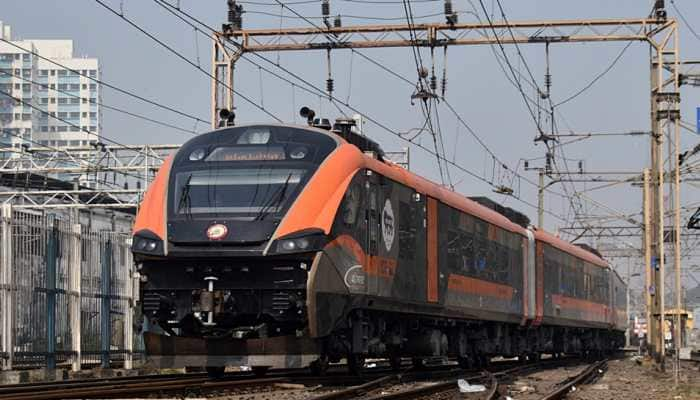DNA Exclusive: Analysing 'Lost Battle' Against Pollution In Delhi-NCR
In today's DNA, Zee News anchor Sourabh Raaj Jain analysed the recurring challenge of air pollution during the months of October and November, highlighting the governmental failure to devise effective strategies to address the declining air quality
Trending Photos
)
New Delhi: For the fourth consecutive day, the air quality in the national capital plunged into the 'severe' category. In response to escalating pollution levels, the government enforced GRAP IV and mandated schools in the capital Union Territory to conduct online classes. Nevertheless, the concerns regarding air pollution extend beyond Delhi to its neighboring cities of Noida, Gurugram, and Ghaziabad.
In today's DNA, Zee News anchor Sourabh Raaj Jain analysed the recurring challenge of air pollution during the months of October and November, highlighting the governmental failure to devise effective strategies to address the declining air quality
As per the 24-hour Average AQI Index released by the Central Pollution Control Board (CPCB), Delhi recorded an overall AQI of 421 today. The air quality index stood at 420 in Greater Noida, 384 in Noida, and 391 in Ghaziabad. Faridabad reported an AQI of 412, Gurugram 373, and Sonipat 417.
प्रदूषण के खिलाफ जंग..'जुगाड़' से जीत लेंगे हम ?
हमास का हमला, इजरायली सेना के Over-Confidence का नतीजा ?
देखिए #DNA LIVE Sourabh Raaj Jain के साथ#ZeeLive #ZeeNews #DNAWithSourabh #DelhiAirPollution #HamasIsraelWar #AQI @saurabhraajjain https://t.co/flMzyXQyxi — Zee News (@ZeeNews) November 6, 2023
Just as borders can't contain birds, rivers, or winds, air pollution disregards city boundaries and ruling governments. Strategies to address pollution levels in different cities of Delhi-NCR vary based on the respective governments. However, this year, as in previous years, air pollution in Delhi-NCR continues to surge, accompanied by a concerning rise in politicization around the issue.
During this season of pollution in Delhi-NCR, the decline in the air quality index isn't the only notable drop; the political discourse is also deteriorating. Previously, the Kejriwal government pointed fingers at stubble burning in Punjab and Haryana for Delhi's pollution; now, the blame is solely directed at Haryana.
Ministers from the Delhi Government, Uttar Pradesh, Haryana, and the Central Government all attribute the increasing pollution to different primary factors, showcasing the disparity in their perspectives. While the Delhi government acknowledges a pollution problem in Delhi, the Khattar government in Haryana does not recognize the same issue. Similarly, the governments of UP do not address the concerns in Noida and Ghaziabad. Despite this, both the BJP and the Aam Aadmi Party engage in political posturing around the matter, demonstrating a shared inclination for politicizing the issue of pollution.
Stay informed on all the latest news, real-time breaking news updates, and follow all the important headlines in india news and world News on Zee News.
Live Tv







)
)
)
)
)
)
)
)
)
)

